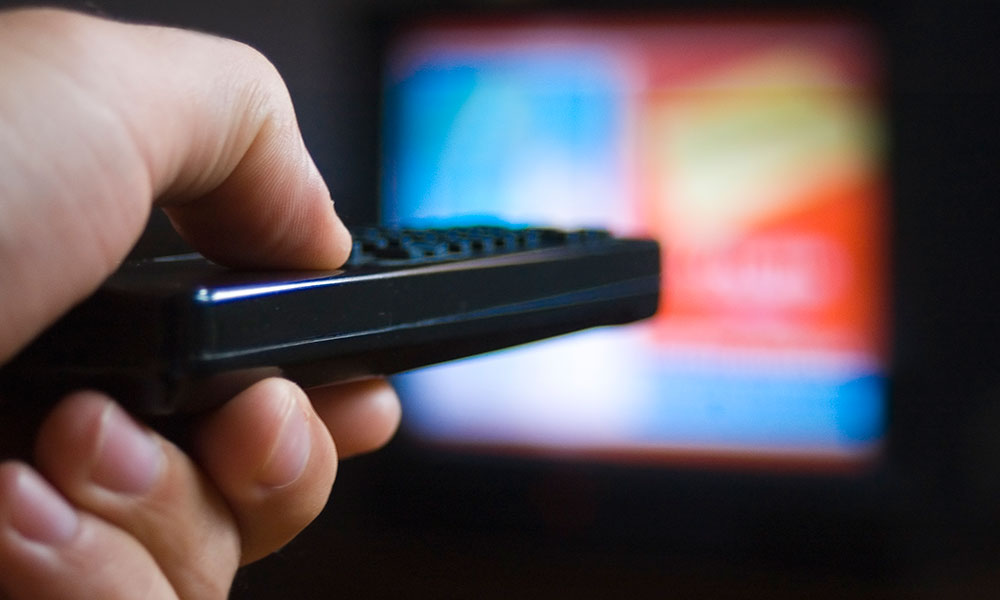
Dual-Band: New Broadcast TV Coalitions Offer Two Takes on the Same Issue
Two coalitions representing different parts of the broadcasting industry might not share many members, but they do share a goal: to speak up for the rights of broadcasters in the midst of a legislative revamp. A duo of new broadcast TV coalitions have a message for Washington: Hey, focus on our needs, too. In the past month, the two groups have geared up operations, each focusing on legislation that could change the dynamic of the industry. While fighting for similar goals, the voices behind the efforts are just a tad different. More info: Little broadcasters: Voices for TV Choices, an...
Two coalitions representing different parts of the broadcasting industry might not share many members, but they do share a goal: to speak up for the rights of broadcasters in the midst of a legislative revamp.
A duo of new broadcast TV coalitions have a message for Washington: Hey, focus on our needs, too.
In the past month, the two groups have geared up operations, each focusing on legislation that could change the dynamic of the industry. While fighting for similar goals, the voices behind the efforts are just a tad different. More info:
Little broadcasters: Voices for TV Choices, an advocacy group that represents more than 170 local television stations nationwide, announced its formation last week, with the goal of giving independent stations a voice in the game. “Homeland and House of Cards may be the programs that make national news, but the membership of Voices for TV Choices is evidence that there is also a large audience for an array of targeted and local programming,” the group said in a press release. The group represents a wide variety of members that often fly under the television radar. About a third of them are affiliates of ION Television, while others focus on religious programming and still others target various ethnic groups.
Big broadcasters: TVFreedom.org, meanwhile, represents a coalition of broadcast associations, major TV network affiliate groups, and corporations with major broadcast TV interests. The organization, which launched at the beginning of February, says that cable and satellite providers shortchange broadcast networks despite the fact that they garner the lion’s share of the ratings received in comparison to cable networks. “During the 2012-13 television season, 96 of the top-100 broadcast-TV programs dominated the primetime program rankings,” the group said in a press release last month. “For years, cable and satellite TV customers have been overpaying for lower-rated cable channels that they don’t want or watch. These cable channels are, in many cases, paid much more than broadcast channels, despite winning just a fraction of the viewership ratings.” Although the coalition is mostly made up of broadcasters, at least two groups tied to the group—the Hispanic Institute and the Rural & Agriculture Council of America—represent interests outside of broadcasting.
Why all the activity now? Easy—because important pieces of legislation are winding their way through Congress that could directly affect broadcasters. One of those bills, a proposal for renewal of the Satellite Television Extension and Localism Act (STELA), drew strong criticism from both groups after it was reported that changes to the bill were being considered that would strip away requirements that cable companies and satellite providers put broadcast channels on the basic programming tier. On top of this, Republicans in the House have discussed revisiting the Telecommunications Act of 1996, a potential revamp which could further change the dynamic of the TV industry.






Comments